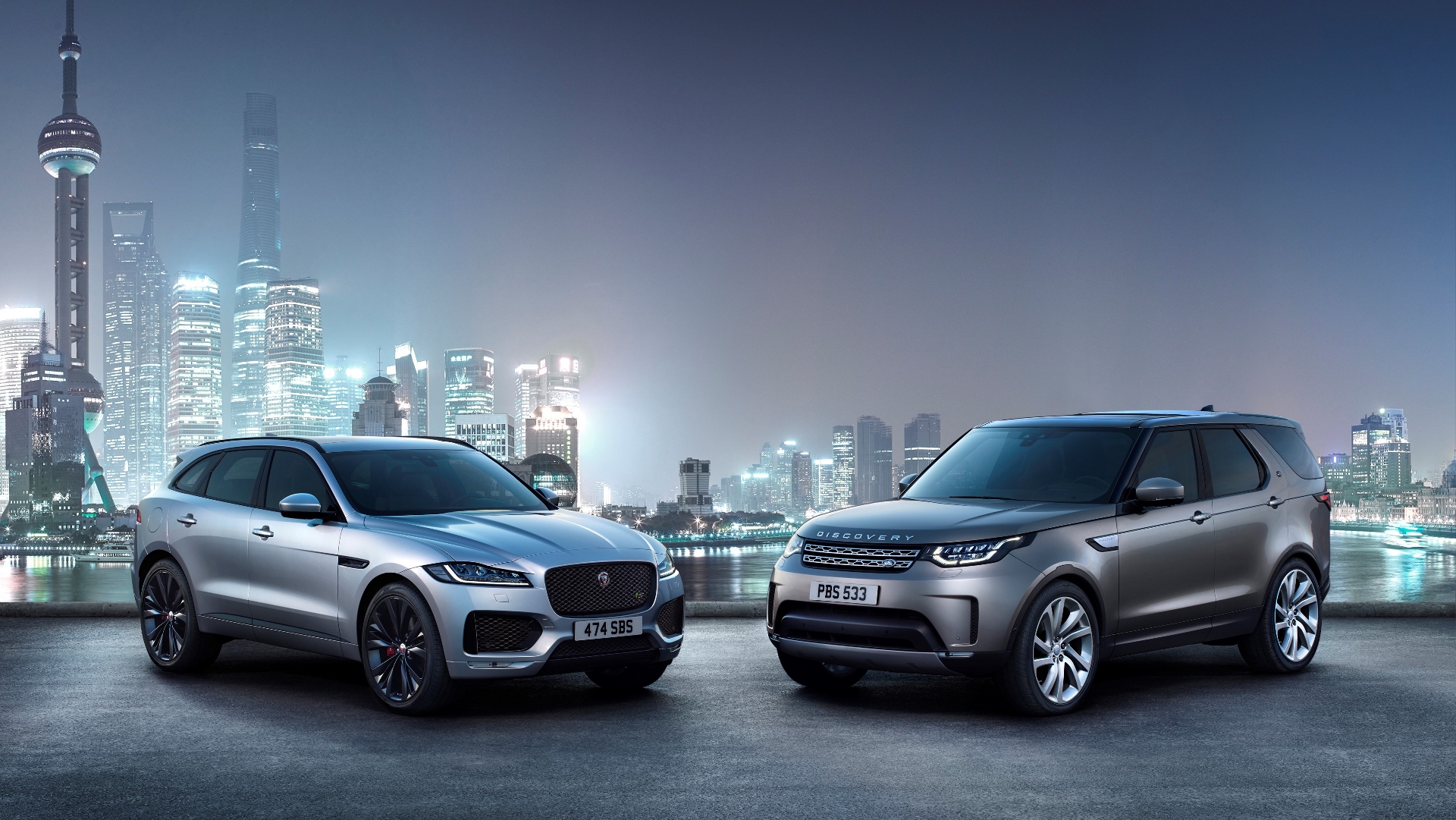

We may earn revenue from the products available on this page and participate in affiliate programs. Learn more ›
Hitting a record number of 604,009 vehicles sold worldwide, things are going well for Jaguar Land Rover. On top of their 16 percent increase in sales volume, they’ve also seen a 9 percent boost in revenue and a 3 percent bump in pre-tax profits. Despite their excellent year, their Indian parent company Tata Motors saw their income fall 17 percent.
Surprising no one, the Jaguar Land Rover rally was fuelled by the insatiable demand for luxury SUVs and crossovers. The sales portfolio was led by the Range Rover, Land Rover Discovery Sport, and the Jaguar F-Pace. In a press release, JLR says they finished the fiscal year “with solid results demonstrating encouraging demand for both new and established models,” but it sounds like the more established Jaguars had little to do with the growth.
“These solid results demonstrate the appeal of our products and our ability to deliver strong, profitable and sustainable growth,” said Jaguar Land Rover CEO Dr. Ralf Speth, “We are continuing to invest significantly in new models and innovation, as shown by the new Land Rover Discovery, the forthcoming Range Rover Velar and all-electric Jaguar I-PACE, reinforcing our commitment to new technologies and providing new and compelling customer experiences.”
In case you’re unfamiliar, the Jaguar I-PACE is an electric SUV based on the popular F-Pace. It’s still in its concept phase and the production version is expected to be unveiled in the second half of 2018. The Range Rover Velar is an upcoming mid-size crossover slated to compete with the Porsche Cayenne and BMW X5 when it comes out this summer. That thing is going to print money.
With SUVs and crossovers seemingly the only things in demand in the luxury market, do Jaguar sedans and sports cars still have a few of their nine lives left?
